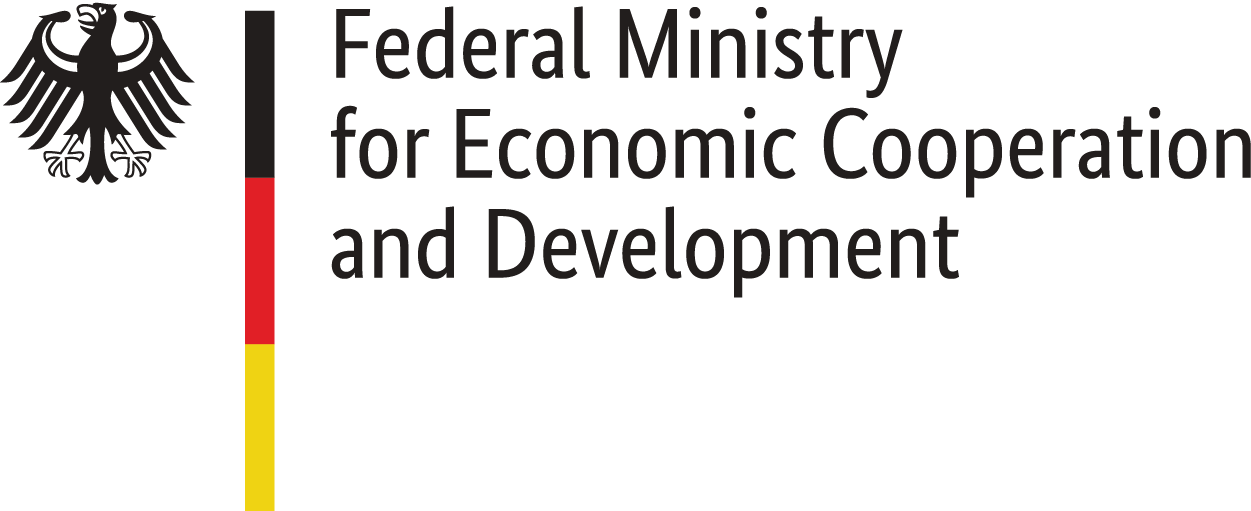History
The fall of the Soviet Union in 1991 and the subsequent Ukrainian independence allowed dynamic development of the media. It is important to note, that before that year all media in Ukraine were controlled by the State. Much of the state-owned media sector continued to operate through the 1990s and 2000s until today, though without very little attempt, let alone success of reforming it. In the meantime, a large number of municipal (especially in 1990s) and private media outlets were created. Basic media legislation passed in 1990s with most of the adopted laws gearing towards the regulation of independent/private media. See more in Law.
September 16, 2000 marks a special point in Ukrainian history with relevance to media, when the journalist Georgiy Gongadze disappeared. His body was found in a forest in Kyiv region two months later. On November 28, 2000, the opposition politician O. Moroz revealed tape recordings made in the President’s cabinet, where the voice, resembling the one of President Kuchma, ordered to get rid of Gongadze. 10 years later the court proved Gongadze was kidnapped and killed by 3 policemen, but Kuchma’s involvement was never proved. Even though Moroz’s revelation led to a strong public protest with demands for Kuchma’s resignation, the governing regime continued tightening the screws. As the television was (and still is) the most popular type of media, the system of “temnyks” was established: structures tied to the government regularly sent instructions to the leading media on how news should be covered. Until the end of 2004, leading TV-channels were not only censored, but the government tried to create some sort of parallel reality in the media, which did not correspond to the real situation in the country.
During the 2004 presidential elections a massive electoral fraud in favor of V. Yanukovych (supported by Russia and President Kuchma’s administration) led to the biggest civic protest in Ukrainian history. The Supreme Court annulled the second poll, and a new voting showed Yuschenko’s victory, who became the President. The Orange revolution put an end to the system of “temnyks”, but leading media remained completely dependent on their owners, and their economic and political interests. In the second half of 2000s “Dzhynsa” (hidden ads presented as journalistic materials) became an increasingly significant problem in Ukrainian media landscape.
In 2010, V. Yanukovych was elected President, and with the help of an allegedly biased Constitutional Court, usurped power by changing the constitution and acquiring powers he was not elected for (i. e. changed the parliamentary-presidential republic into the presidential republic). He used the government’s ability to influence Ukrainian oligarchs and their media to create a new system of government control over media. The results resembled the former “temnyks”: government activities received positive or neutral coverage, while the opposition was reported on either neutrally or negatively. Additionally, Yanukovych tried and succeeded in creating his own media holding, Ukrainian Media Holding (UMH) with the help of a multi-millionaire S. Kurchenko, who was a close ally of his family.
At the wake of the Eastern Partnership Summit in Vilnius in November 2013, he then refused to sign the Association Agreement with the EU, which resulted in peaceful protests in Kyiv’s Maidan Square. The protests continued throughout the winter of 2013-14 and endured violent altercations. Eventually President Yanukovych fled the country and was ousted on February 22nd, 2014. The so-called “Revolution of Dignity” was followed by Russia’s annexation of Crimea in February-March 2015 and by a still ongoing armed conflict in Eastern Ukraine.
A series of new media laws were adopted in 2014-16, among which the Law on transparency of ownership in radio and television (amendments to the Broadcasting law) and the Law on establishing Public Broadcasting System in Ukraine. Regardless of these steps, the leading media remain dependent on their owners, which often leads to biased editorial policy, self-censorship and evident political preferences, especially in Television.
Sources
Georgy Gongadze. Ukrainska Pravda. September 16, 2000 in Kyiv, Ukraine.
CPJ - Committee to Protect Journalists. Retrieved in October 2016 from
Pavlo Solodko (2006) 9 березня 2001 року: спогади і прогнози від ініціаторів "України без Кучми"
Ukrainska Pravda. Retrieved in October 2016
Що таке «джинса» і з чим її їдять?
Telekritika (2010) Retrieved in October
Max Seddon (2014) Forbes Embroiled In Billion-Dollar Ukrainian Corruption Scandal.
Buzzfeed News. Retrieved in October 2016
The Transparency Law of 2015.
The Parliament of Ukraine. Legal Database. Retrieved in October 2016
The law on establishing the Public Broadcaster.
The Parliament of Ukraine. Legal Database. Retrieved in October 2016




